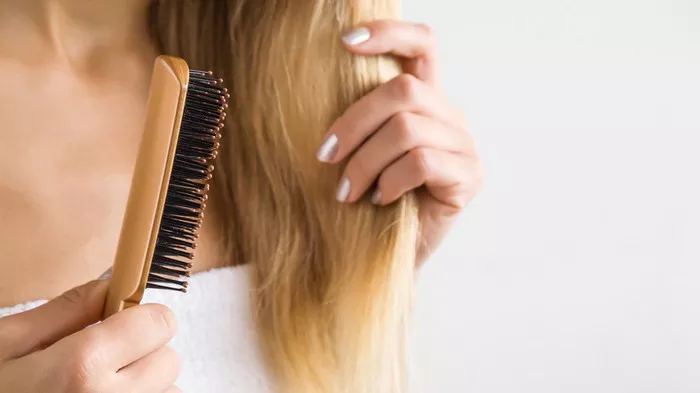Alopecia, a condition characterized by hair loss, can profoundly impact an individual’s self-esteem and quality of life. While the causes of alopecia can vary widely, from genetics to autoimmune disorders, finding the most effective treatment is paramount for those affected. In this article, we delve into the various types of alopecia and explore the best medicine options available to manage and potentially reverse its effects.
Types of Alopecia
Before delving into treatment options, it’s crucial to understand the different types of alopecia:
1. Androgenetic Alopecia: Also known as male or female pattern baldness, this is the most common type of alopecia. It is typically genetic and involves a gradual thinning of hair over time.
2. Alopecia Areata: This autoimmune disorder results in unpredictable hair loss, often in small patches on the scalp. In severe cases, it can progress to total hair loss on the scalp (alopecia totalis) or entire body (alopecia universalis).
3. Alopecia Universalis: This rare form of alopecia results in complete hair loss across the entire body, including the scalp, eyebrows, and eyelashes.
4. Telogen Effluvium: This type of alopecia is characterized by temporary hair shedding due to factors such as stress, illness, medication, or hormonal changes.
Treatment Options
While there is no definitive cure for alopecia, several treatment options can help manage the condition and promote hair regrowth. The choice of treatment depends on the type and severity of alopecia, as well as individual preferences and medical history. Here are some of the most effective medicines and therapies:
1. Minoxidil (Rogaine): Minoxidil is a topical solution that is widely used to treat androgenetic alopecia. It works by stimulating hair follicles, prolonging the growth phase of the hair cycle, and increasing blood flow to the scalp. Minoxidil is available over-the-counter in various strengths and formulations, including foam and liquid.
2. Finasteride (Propecia): Finasteride is an oral medication approved for the treatment of androgenetic alopecia in men. It works by blocking the conversion of testosterone into dihydrotestosterone (DHT), a hormone that contributes to hair loss. While finasteride is generally well-tolerated, it may cause side effects such as decreased libido and erectile dysfunction in some individuals.
3. Corticosteroids: Corticosteroid injections are often used to treat alopecia areata by suppressing the immune response and reducing inflammation around hair follicles. This can help promote hair regrowth in affected areas. Topical corticosteroids, such as creams or ointments, may also be prescribed for milder cases of alopecia areata.
4. Anthralin: Anthralin is a topical medication that is applied to the scalp to treat alopecia areata. It works by altering the immune response in the skin and promoting the regeneration of hair follicles. Anthralin is typically used in combination with other therapies and requires regular application over several weeks to months to see results.
5. Immunotherapy: In severe cases of alopecia areata, immunotherapy may be recommended. This involves applying chemicals such as diphencyprone (DPCP) or squaric acid dibutyl ester (SADBE) to the scalp to provoke an allergic reaction. This reaction can stimulate the immune system and encourage hair regrowth in affected areas.
6. Platelet-Rich Plasma (PRP) Therapy: PRP therapy involves injecting a concentrated solution of platelets derived from the patient’s own blood into the scalp. These platelets contain growth factors that can stimulate hair follicles and promote hair regrowth. While research on PRP therapy for alopecia is still ongoing, some studies have shown promising results in improving hair density and thickness.
7. Hair Transplant Surgery: For individuals with advanced or permanent hair loss, hair transplant surgery may be considered. This procedure involves transferring hair follicles from areas of dense hair growth to bald or thinning areas. While hair transplant surgery can provide long-lasting results, it is invasive and requires careful consideration of factors such as donor hair availability and the expertise of the surgeon.
Conclusion
Alopecia can have a significant impact on an individual’s physical appearance and emotional well-being. While there is no one-size-fits-all solution for treating alopecia, a variety of medicines and therapies are available to help manage the condition and promote hair regrowth. It’s essential for individuals with alopecia to work closely with healthcare professionals to develop a personalized treatment plan tailored to their specific needs and goals. By exploring the best medicine options and staying informed about advancements in alopecia treatment, individuals can take proactive steps towards regaining confidence and restoring their hair.


